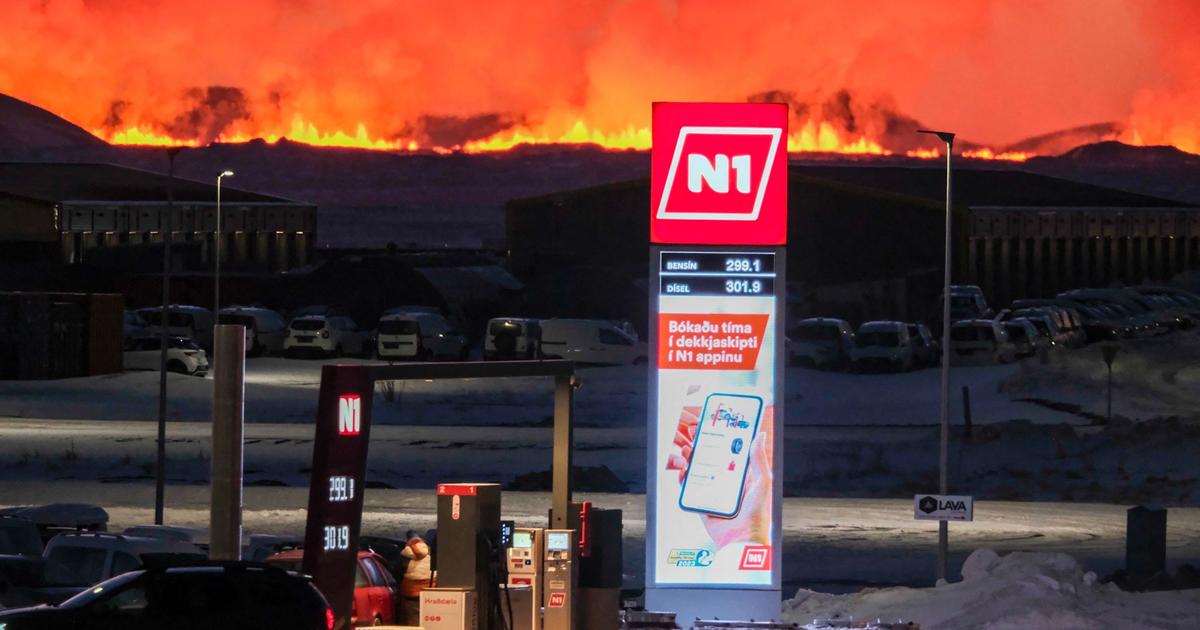The victims must be patient.
The restoration of hot water in the southwest of Iceland, whose supply is suspended following a pipe rupture after the volcanic eruption of Thursday, February 8, which is now over, should take “
several days”
, in fact warned the national authorities this Saturday.
Initially, the supply was restored in the evening on Friday thanks to repair efforts but later in the night
“a diversion pipe broke
,” Civil Protection wrote in a press release.
“Presumably the pipe was damaged by the lava flow (Thursday) morning, and late (Friday) evening, when the pumping of water increased, it appears to have finally ruptured
,” it said. .
This pipe is located in the middle of the lava flow,
"in the part where it is thickest, and it is therefore impossible to undertake repairs there"
, adds the press release.
Partial power outages
The approximately 28,000 homes in the region, whose electricity and water supply comes from the Svartsengi geothermal power plant, itself protected by earthen fortifications, will therefore have to wait longer before finding hot water, which also supplies 90% of Icelandic residential homes are heated.
Civil protection and the operator HS Orka have started preparations for laying a new pipeline of around 600 meters, estimating that this
“will take several days”
, but without giving a more precise deadline.
From Thursday, many residents rushed to specialized stores to buy small electric heaters.
Result: partial power cuts were noted Friday evening in several towns on the peninsula because the electrical distribution system, which is not designed for heating homes, was overheating.
Risk of new outbreaks
The authorities have called for using these devices
“sparingly”
and only when necessary.
The temperature in the region dropped to -7°C during the night and settled around -3°C during the day, under a beautiful winter sun.
A little further north, swimming pools in the capital have decided to open their facilities free of charge to residents of the peninsula, in particular to allow them to take advantage of the showers.
Occurring early Thursday morning about 40 km southwest of Reykjavík, the eruption is officially over, according to the Icelandic Meteorological Office (IMO).
Like the two previous ones, on December 18 and January 14, it took place near the town of Grindavík, whose 4,000 inhabitants were evacuated on November 11.
According to the IMO, however, lava could erupt again in the area soon, with GPS data suggesting the immediate resumption of ground swelling and therefore magma accumulation in the Svartsengi region.

